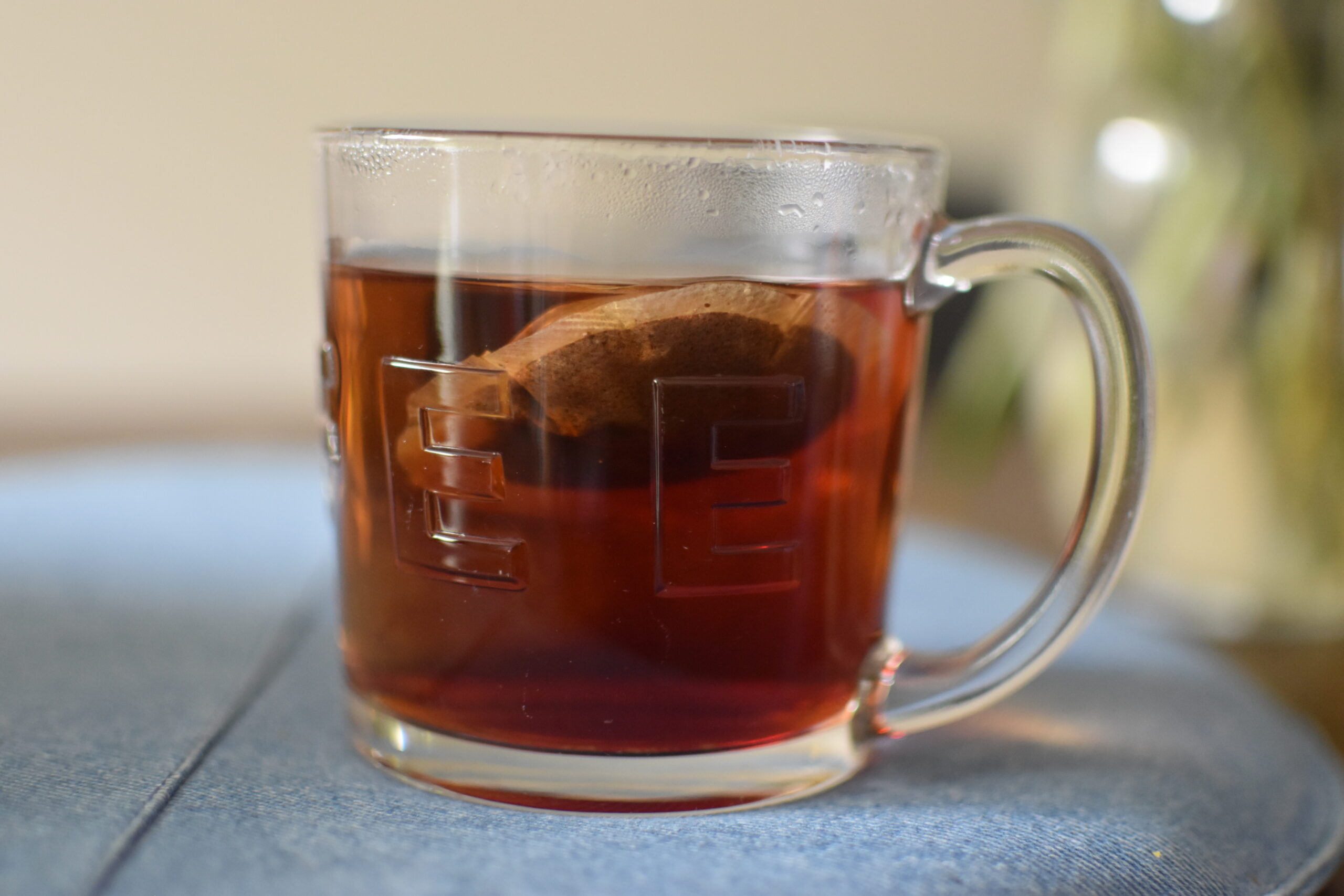The first time I saw orange pekoe tea on a diner menu, in Canada, I was so excited. I hadn’t had good orange tea since The Netherlands – my favorite was Orange Jaipur tea, which soothed both palate and belly, a love for history, and a desire to visit Jaipur, India.


I imagined that the flavor of the orange pekoe tea would be reminiscent of fresh, bright citrus. I would add just a touch of milk, sweeten lightly with white sugar and I’d be on my merry way, reclaiming memories of leisurely mornings right before the day got hectic. All I’ll say is don’t assume that orange pekoe tea is orange-flavored black tea because it isn’t; and if you’re curious about whether or not orange pekoe tea has caffeine – it does.
Anyway, before all this, there was no knowledge, only the memory of newness, of discovery, memories of being a young parent, living in a new country, discovering new flavors and more. So imagine my supreme disappointment when the orange pekoe tea arrives and there’s nary a hint of citrus, or bright orange flavor. My voice, weakened after a taste, confusingly muttered questioningly to our server as she brought pancakes, waffles, and syrup to the table (which I would discover a few drizzles later was table – not maple?!), “Is this orange tea?”. She replied in the negative, sharing that that was “just the name.” I was taken aback. And thought, it surely must be the color then, bright orange as it was.

As you can imagine, all this sent me off to the interwebs – I needed an explanation.
It turns out that there are many possible origins of the name, orange pekoe.
Perhaps named for the color of the brewed tea? Artful Tea thinks not “Orange Pekoe doesn’t refer to an orange-flavored tea, or even a tea that brews up an orange-y copper color. Instead, Orange Pekoe refers to a particular grade of black tea. Orange Pekoe and similar phrases are generally used by westerners in order to describe black teas from India, Sri Lanka, and other parts of Asia. Chinese black teas, however, are not typically graded according to this system.”
Or, related to the Dutch house of orange? Tearrific Tea thinks so – “The general consensus is that this grade of tea was associated with the Dutch royal family, the Orange-Nassaus. England had an importation tax at the time and so the Dutch imported and sold more tea than anyone else in the 18th century. The highest quality Pekoe teas were probably saved for the royal family. It is also suggested that it was the Dutch that first labelled this tea and so added the name of their royal family – The House of Orange – to put their own mark on Orange Pekoe and to capitalize on the royal family for marketing purposes. The word “pekoe” is thought to refer to an old Chinese word for a tea known as “white down/hair”, like those little hairs seen on the newest leaves on the Camellia sinensis plant.”

As for me, I’m willing to accept any stories about the origins because frankly, I’m not really concerned if it doesn’t bring me delicious, orange-flavored tea. And not tea with licorice and hibiscus, and rosehips with the barest of orange citrus.
So, if you know how I might reclaim this memory of Orange Jaipur Tea whether in my kitchen via a tried and trusted recipe or a store aisle somewhere, if you have something you’d like to share about orange pekoe, or if you just want to say hello, by all means do – leave a comment below. Until then, take care and stay well.


Leave a Reply